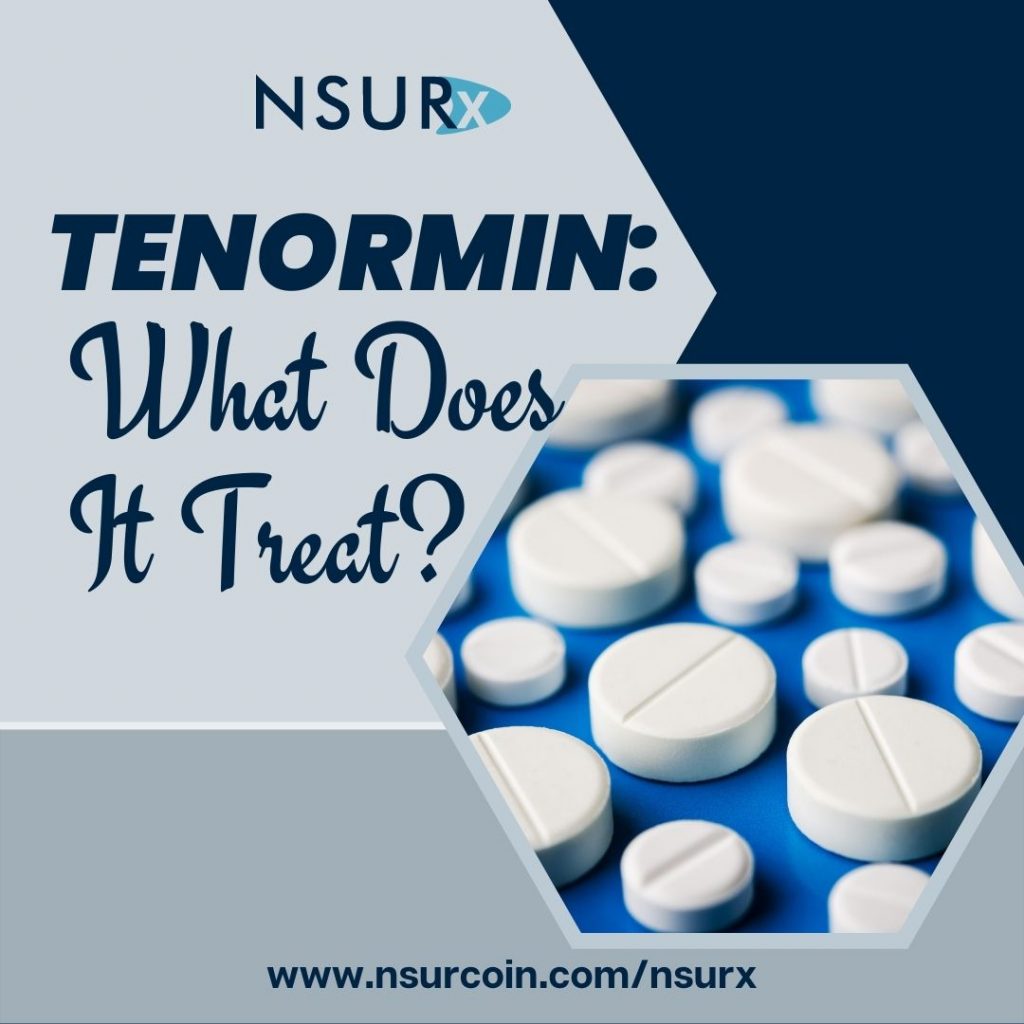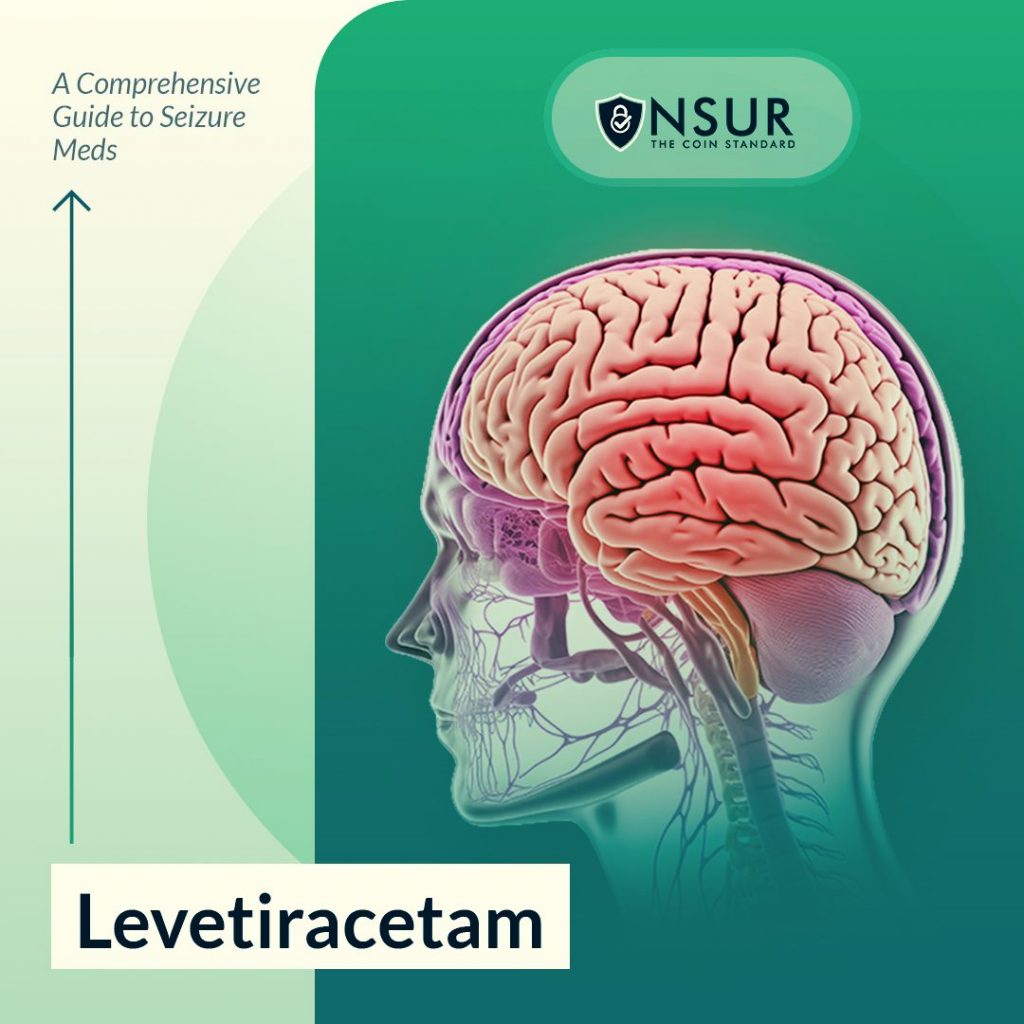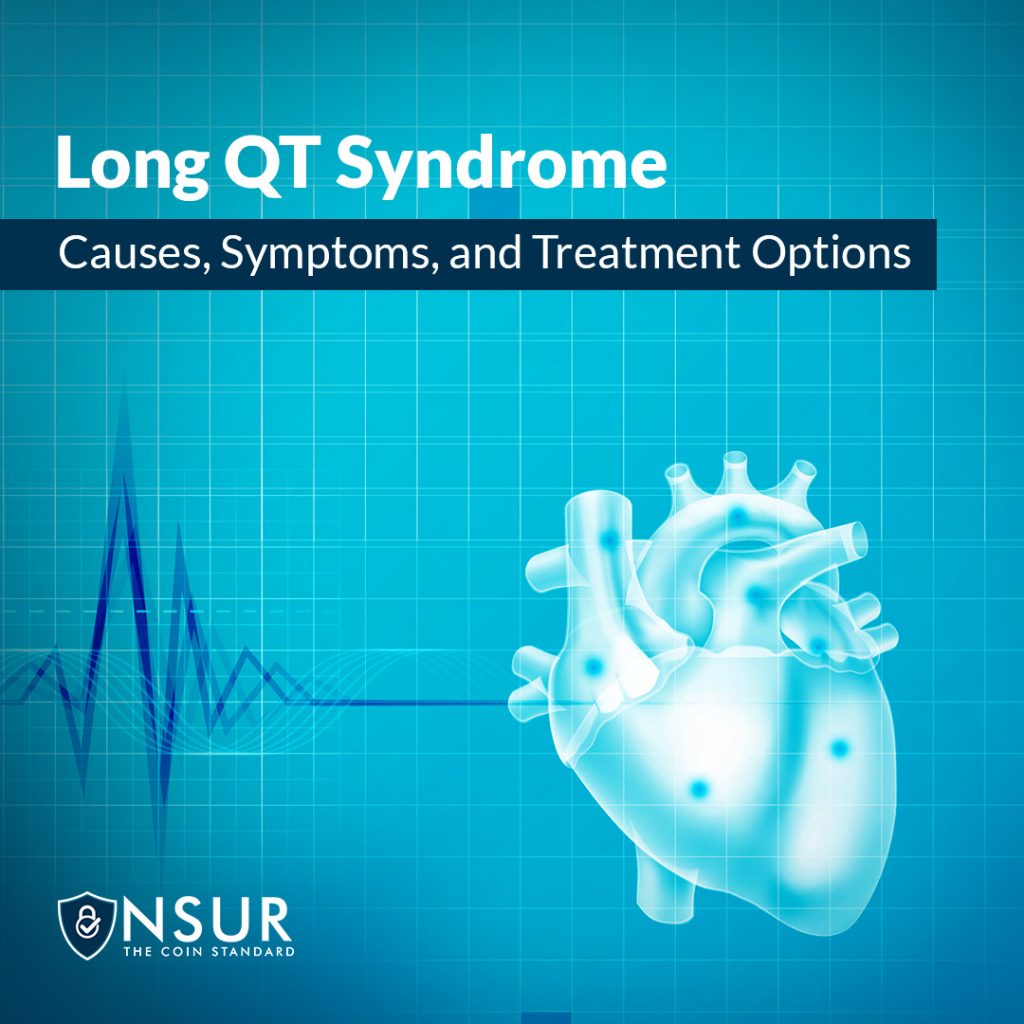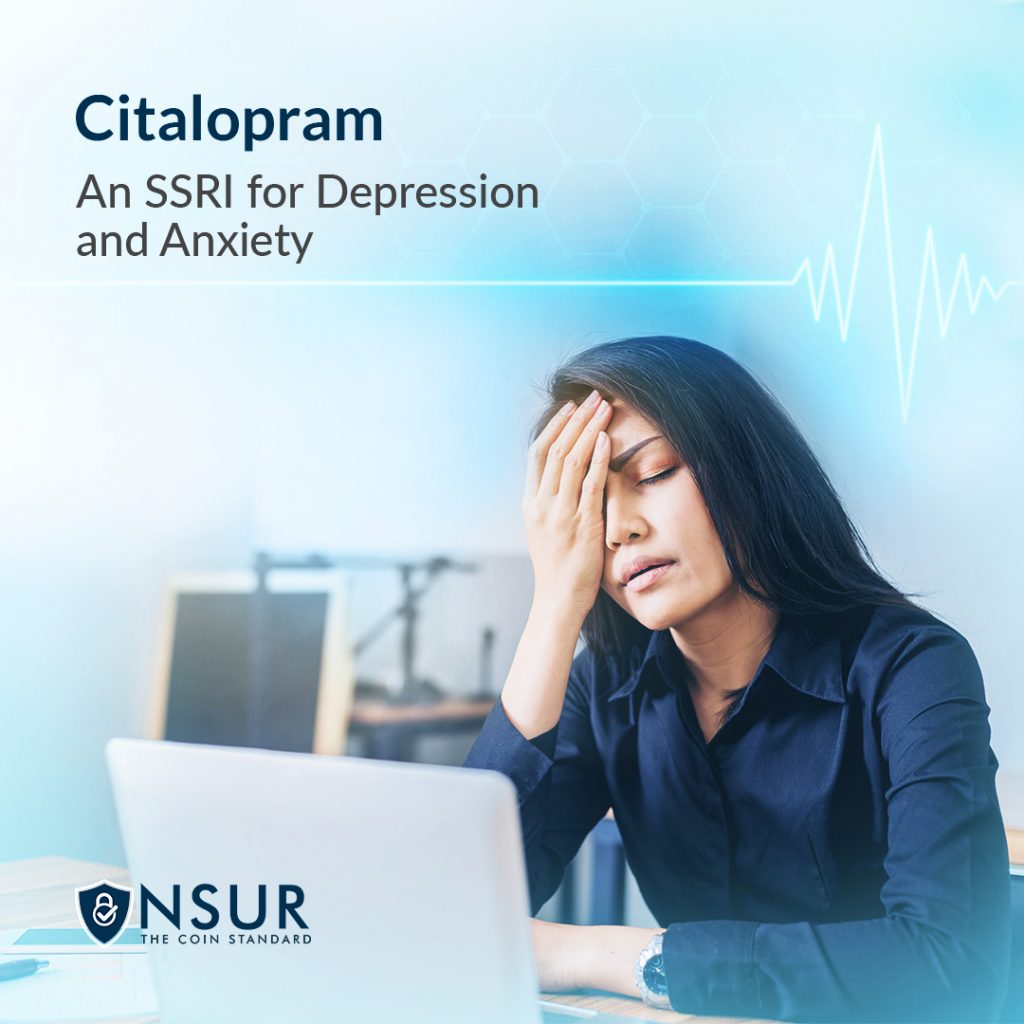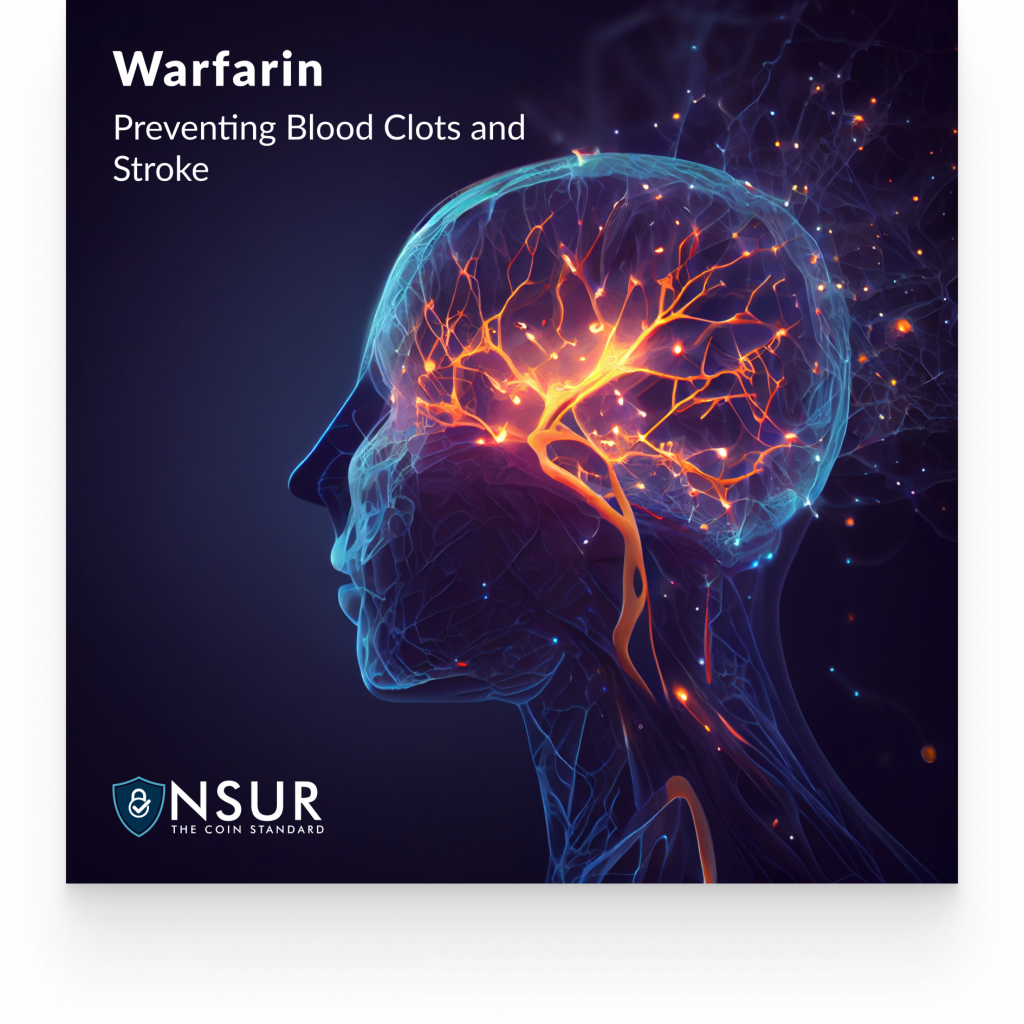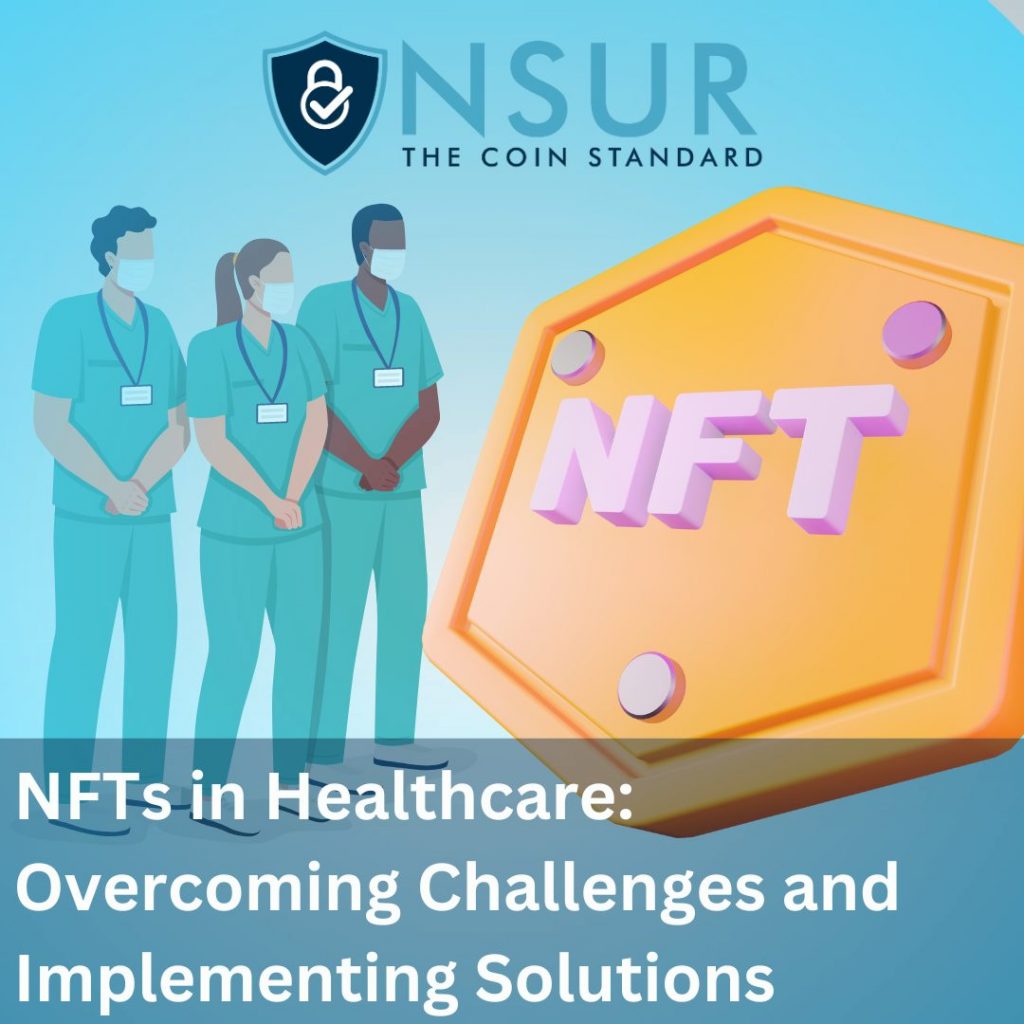
The success of NFTs isn’t just limited to the art world; the healthcare sector is beginning to explore the potential of these digital assets. NFTs have the potential to transform healthcare by enhancing patient access to medical records while discovering new revenue sources for healthcare providers. However, as with any new technology, several challenges must be addressed.
The need for secure and effective data management solutions is one of the most important concerns in healthcare. NFTs may provide a solution because they are unique digital assets kept on a blockchain, making them tamper-proof and immutable. Healthcare providers could employ NFTs for a variety of purposes, including managing patient consent and tracing the provenance of medical documents.
In this blog article, we will look at the challenges and solutions associated with NFTs in healthcare, as well as instances of how organizations are already utilizing NFTs to solve specific problems.
NFTs in Healthcare: Challenges and Solutions
- Interoperability with Legacy Systems
Interoperability with legacy systems is one of the most challenging tasks of implementing NFTs in healthcare. Many healthcare organizations continue to use antiquated technology which is incompatible with blockchain-based systems. It can be tough to integrate NFTs into existing workflows. The reason for this is that smart contracts predictably execute transactions on the blockchain, making it difficult to create trust with conventional systems.
Solution: Leveraging Oracle Network
Oracle networks can be used to solve the interoperability problem. These networks connect blockchains to legacy systems to verify real-world data inputs and outputs. This assures that data transferred to the blockchain from a legacy system is valid. By employing Oracle networks, healthcare organizations can integrate NFTs into their existing workflows without having to rebuild their entire IT infrastructure.
- Lack of Regulation Structure
Another challenge of using NFTs in healthcare is the lack of a regulatory structure. Given that NFTs are a newly developed technology, there are few regulations governing their use in healthcare. This might provide uncertainty and danger for healthcare organizations considering implementing NFTs.
Solution: Design and Implement Regulatory Standards
To address the lack of regulation, healthcare organizations and regulators must work together to develop and implement regulatory standards for non-financial transactions in healthcare. This will help to guarantee that NFTs are used safely and effectively, while also providing healthcare organizations with clarity and confidence.
- Security Flaws in Smart Contracts
Smart contracts are a key component of NFTs, but they also pose security problems. Smart contracts are self-executing contracts in which the contents of the patient and healthcare provider agreement are directly put into lines of code. When a smart contract is breached, major implications might occur, such as the loss of sensitive healthcare data or unauthorized access to medical information.
Solution: Conducting Extensive Auditing and Testing
Healthcare organizations must do comprehensive auditing and testing of their NFT systems to mitigate the risks associated with vulnerabilities in smart contracts. This can aid in the identification and remediation of vulnerabilities before they are exploited by malicious actors.
- Shortage of Technical Experts
Another barrier to employing NFTs in healthcare is a lack of trained technical experts. Because NFTs are a relatively new technology, few people have the technical expertise required to implement and manage NFT systems in a healthcare setting.
Solution: Executing Pilot Courses and Workshops
Healthcare organizations can conduct pilot courses and workshops to educate and train their workers to develop the required technical expertise. This can help to ensure that sufficient technical experts are available to manage NFT systems in healthcare.
- Storage Prerequisites
A large number of transactions and interactions occur within the healthcare industry. This can result in long confirmation times and expensive transaction costs due to blockchain network congestion. Furthermore, the NFT requires a specialized decentralized storage system due to the large number of files it contains. It can be difficult for healthcare organizations to keep medical data with NFTs since they use a lot of storage space.
Solution: Implementing an Incentive-based Decentralised Storage System
To meet the storage requirements of NFTs in the healthcare industry, incentive-based decentralized storage systems are a viable solution. For instance, genomics applications may require data storage of up to a hundred megabytes, which is not practical to store on the blockchain. To address this, decentralized off-chain storage networks like Filecoin can be utilized, in which clients pay fees for persistent data storage. Incentives can be provided to guarantee that such networks are maintained. These incentive-based decentralized storage systems can be used by healthcare organizations to persuade users to provide storage space for NFTs in exchange for rewards, assuring adequate storage capacity.
- Privacy Issue
Another significant barrier to the adoption of NFTs in healthcare is privacy. Healthcare data is sensitive and highly regulated, and any solution involving the use of NFTs must respect patient privacy. This is especially important considering the recent spike in cyberattacks on healthcare organizations, which have exposed millions of sensitive medical records.
Solution: A Permanent Solution
To protect sensitive healthcare data, one way is to utilize irreversible encryption. Data with irreversible encryption can only be viewed by authorized individuals and cannot be changed or erased. This secures patient data against unauthorized access and modification.
Aside from encryption, healthcare organizations can use blockchain-based solutions to give patients control over their data. Patients, for example, may be given the option of granting or revoking access to their medical records to specific healthcare practitioners or researchers. This method can let patients have more control over who has access to their data and can provide a stronger sense of privacy and security.
- Scalability
Another issue that healthcare faces while utilizing NFTs is scalability. As healthcare organizations continue to implement digital solutions, a massive amount of data is generated and stored daily, which is constantly expanding. This can create a bottleneck in the NFTs network, which can slow down transaction processing and increase costs.
Solution: Leveraging On-chain and Off-chain Scaling Solutions
Healthcare organizations can use on-chain and off-chain scaling solutions to solve this issue. On-chain scaling solutions entail making changes to the underlying blockchain protocol to speed up transaction processing and lower expenses. Secondary networks are used to handle transactions outside of the primary blockchain network in off-chain scaling solutions. Sharding, which divides the blockchain network into smaller shards that can execute transactions in parallel, is one possible option. This can boost transaction processing speed and lower costs while retaining the NFTs network’s security and immutability.
However, there are currently significant efforts underway to introduce scaling solutions such as on-chain scaling through Sharding and off-chain scaling through Layer 2 solutions such as Rollups, Sidechains, and Plasma.
- Cost
Finally, the cost of implementing NFTs in healthcare can be prohibitively expensive for many organizations. To execute transactions and modify the state of the blockchain through smart contracts, users need to pay gas fees using the blockchain’s native currency, such as Ether. These fees are subject to change based on the congestion of the network, leading to volatile and unpredictable costs.
The expense of establishing and using NFTs might be extremely costly, especially for smaller healthcare facilities. Furthermore, the ongoing costs of maintaining and operating the NFTs network can be substantial.
Solution: Harnessing Private Blockchain
One of the best solutions to this problem is to use private blockchains, which healthcare organizations should look into. Private blockchains are similar to public blockchains except that they are confined to a small number of users. Limiting the number of users and transactions on the network can help cut costs and enhance efficiency.
Another option is to work with third-party suppliers who specialize in NFT creation and management. These service providers can assist healthcare organizations in developing and implementing NFTs solutions at lower rates, as well as providing continuing support and maintenance.
Case Studies of NFTs in Healthcare
Regardless of the difficulties, several healthcare organizations have begun to use NFTs to solve specific problems. For instance, the use of NFTs in clinical research to manage patient consent. Patients are given an NFT in this case to reflect their agreement to engage in a clinical experiment. This enables researchers to simply track patient consent and verify compliance with regulatory rules. Recently, a software development startup called Acoer unveiled RightsHash, a decentralized software engine that allows a person’s rights, such as consent to participate in a clinical study, to be controlled and recorded as NFTs.
Another application of NFTs is the management of medical record ownership. Patients are given an NFT in this example to indicate ownership of their medical records. This gives people control over who gets access to their medical records and keeps them up to date. EY Health, a healthcare startup, has launched the EY Blockchain Analyzer, a platform that leverages NFTs to secure the storage and sharing of patient’s health data. Patients can take control and ownership of their health data using this platform.
The results and benefits of these initiatives have been promising. Improved patient outcomes, reduced administrative burden, and increased efficiency are all factors that have been reported by healthcare organizations. However, more research is needed to fully understand the impact of NFTs on healthcare and to identify the most effective use cases.
Conclusion
As of now, we have understood that NFTs can transform healthcare by improving patient outcomes and reducing administrative burdens. The adoption of these technologies is still not without challenges. Interoperability with old systems, a lack of legislative framework, smart contract vulnerabilities, a scarcity of technical experts, storage requirements, privacy concerns, scalability limitations, and cost are all obstacles that must be overcome before NFTs can be utilized effectively in healthcare.
Fortunately, there are solutions to these challenges, such as leveraging Oracle networks for interoperability, establishing regulatory standards, conducting extensive auditing and testing, conducting pilot programs and workshops to build expertise, implementing incentive-based decentralized storage solutions, implementing irreversible encryption for privacy, using off-chain and on-chain scaling solutions for scalability, and using private blockchains to cut costs.
There are also various examples of healthcare organizations that are already implementing NFTs to address specific issues, such as enhancing patient consent management and medical record ownership. These measures have resulted in better patient outcomes and a lower administrative load.
Given the potential benefits of adopting NFTs in healthcare, more study and research into their applications is encouraged. A promising future for these innovative technologies in the healthcare industry is already being predicted as the sector explores the potential benefits of using NFTs to improve patient outcomes.

